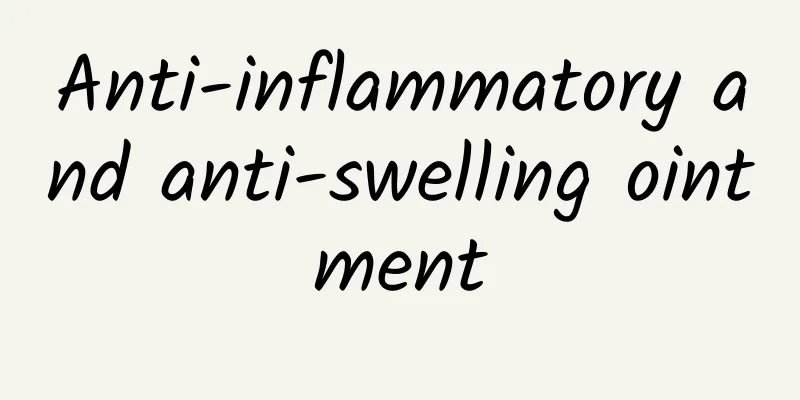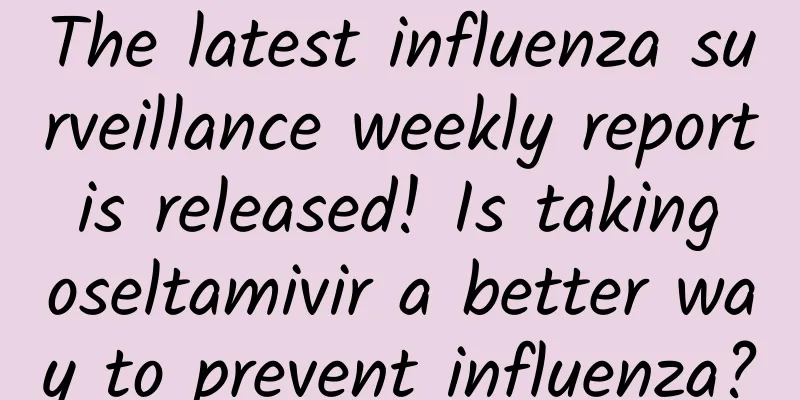Anti-inflammatory and anti-swelling ointment

|
Antibiotics can be used to treat inflammation and swelling. Antibiotics have the effect of bactericidal and disinfecting. Especially for balanitis and balanitis, we should use iodine solution for disinfection. We need to choose the specific anti-inflammatory and swelling ointment according to the cause of the disease. Now let us find out which ointments can reduce inflammation and swelling. There are many of this type. External anti-inflammatory drugs are generally antibiotics, some of which kill bacteria. The better external anti-inflammatory drugs are Bactroban, which is effective and does not contaminate underwear. There are also erythromycin ointment and some other anti-inflammatory Chinese patent medicine preparations. For example, if the foreskin and glans are red and swollen, you can use iodine tincture to wipe and disinfect them. Iodine tincture also has a disinfecting effect. Then apply erythromycin ointment externally. There will be obvious improvement twice a day. At the same time, do not eat spicy and irritating foods. There are also some ointments, such as levofloxacin, and some heat-clearing and dampness-clearing drugs, and external application of skin health and other drugs. What are the common anti-inflammatory Chinese herbal medicines? 1. Common anti-inflammatory Chinese herbal medicines include Banlangen Isatis root is mainly used to treat pharyngitis, acute tonsillitis, influenza, mumps, acute infectious hepatitis, etc. It has an inhibitory effect on cold viruses, as well as Escherichia coli, Salmonella typhi, and Enteritis bacteria. Houttuynia cordata is mainly used to treat pneumonia, lung abscess, urinary tract infection, dysentery, mastitis, nephritis, cellulitis, otitis media, external use for venomous snake bites, furuncles, carbuncles, etc. It has an inhibitory effect on influenza virus, and also has analgesic, hemostatic, antitussive and diuretic effects. 2. Common anti-inflammatory Chinese herbal medicines include honeysuckle Honeysuckle is mainly used to treat upper respiratory tract infection, pneumonia, lung abscess, acute appendicitis, leptospirosis, bacterial dysentery, furuncle, carbuncle, erysipelas, uterine erosion, etc. Coptis chinensis is mainly used to treat acute bacterial dysentery, acute colitis, acute conjunctivitis, mouth ulcers, furuncle, carbuncle, hematemesis, diabetes and burns. It also has an inhibitory effect on some influenza viruses. It has a killing effect on Leptospira and Trichomonas, and also has antihypertensive and antiarrhythmic effects. The effects are clearing away heat and dampness, purging fire and detoxifying. Scutellaria baicalensis is mainly used to treat acute and chronic hepatitis, dysentery, acute and chronic enteritis, furuncle, carbuncle, burns, upper respiratory tract infection and prevention of scarlet fever, etc. It has antipyretic, sedative, antihypertensive, diuretic, choleretic and liver-protecting effects. 3. Common anti-inflammatory Chinese herbal medicines include Andrographis paniculata It is also known as spring lotus and autumn willow, joy at first sight, olive lotus, gallbladder grass, golden vanilla, golden ear hook, Indian grass, and bitter grass. It has the effects of clearing away heat and detoxifying, anti-inflammatory, reducing swelling and relieving pain. Its main antibacterial ingredients are andrographolide and neoandrographolide, which can inhibit and kill Pneumococcus, hemolytic group B Streptococcus, typhoid and paratyphoid bacilli, and Escherichia coli. 4. Common anti-inflammatory Chinese herbal medicines include Scutellaria baicalensis Traditional Chinese medicine believes that Scutellaria baicalensis is bitter and cold in nature. It has the effects of clearing heat, drying dampness, stopping bleeding, detoxifying and stabilizing the fetus. Modern pharmacological studies have confirmed that Scutellaria baicalensis contains chemical components such as baicalin, wogonin, baicalein, and baicalein, which have inhibitory effects on group A Streptococcus, Staphylococcus aureus, diphtheria, Mycobacterium tuberculosis, Vibrio cholerae, Shigella dysenteriae and Candida albicans, and on the PR8 strain of influenza virus; it has the effect of inhibiting the growth of amoeba and killing leptospira in vitro, and it also has antipyretic, sedative, antihypertensive, diuretic, choleretic and liver-protecting effects. It is mainly used to treat acute and chronic hepatitis, hypertension, dysentery, acute and chronic enteritis, fetal movement disorder, furuncle, carbuncle, burns, upper respiratory tract infection and prevention of scarlet fever, etc. |
<<: Side effects of Sichuan Cyathula
>>: Feeling weak the next day after drinking
Recommend
What are the medicinal values of piglets?
In fact, many diseases suffered by people in life...
The efficacy and function of croton cream
Croton cream is a traditional Chinese medicinal m...
Reshape B2B marketing capabilities to support long-term business development
For a long time in the past, local B2B companies ...
The efficacy and function of sorghum bubble
I wonder if you have heard of sorghum bubble. Sor...
What are the effects and functions of Wangbuliuxing?
Traditional Chinese medicine is the most common t...
Many countries have recently reported high incidence and death cases. The Chinese Embassy reminds you! Beijing CDC: Be alert——
The Mid-Autumn Festival and National Day holidays...
The tap water in residents' homes is yellow! How did the tap water change color?
Many residents have reported that their tap water...
The efficacy and function of water hyacinth
What are the effects of water caltrop? As a tradi...
What are the functions of wolfberry?
I believe that many of my friends have the habit ...
The efficacy of drinking water soaked with Panax notoginseng flowers
There are many Chinese medicines in our lives tha...
Lao Ke | The information about "monkeypox" you want to know is here
-END- Producer: Chen Yong, Yan Junyan Reporter: Z...
Neither running nor jumping, this action hurts the knees the most? Many people can't avoid it...
Unannounced Inspections Half squat for 10 seconds...
Summer is here, why are my mosquito bites always rounder and more itchy than others?
Mosquitoes are a standard feature of summer. A su...
The efficacy and function of stinky cabbage
The nutritional value of stinky cabbage is rich a...
Who is not suitable to eat Astragalus?
Generally, people with heat symptoms or high bloo...









